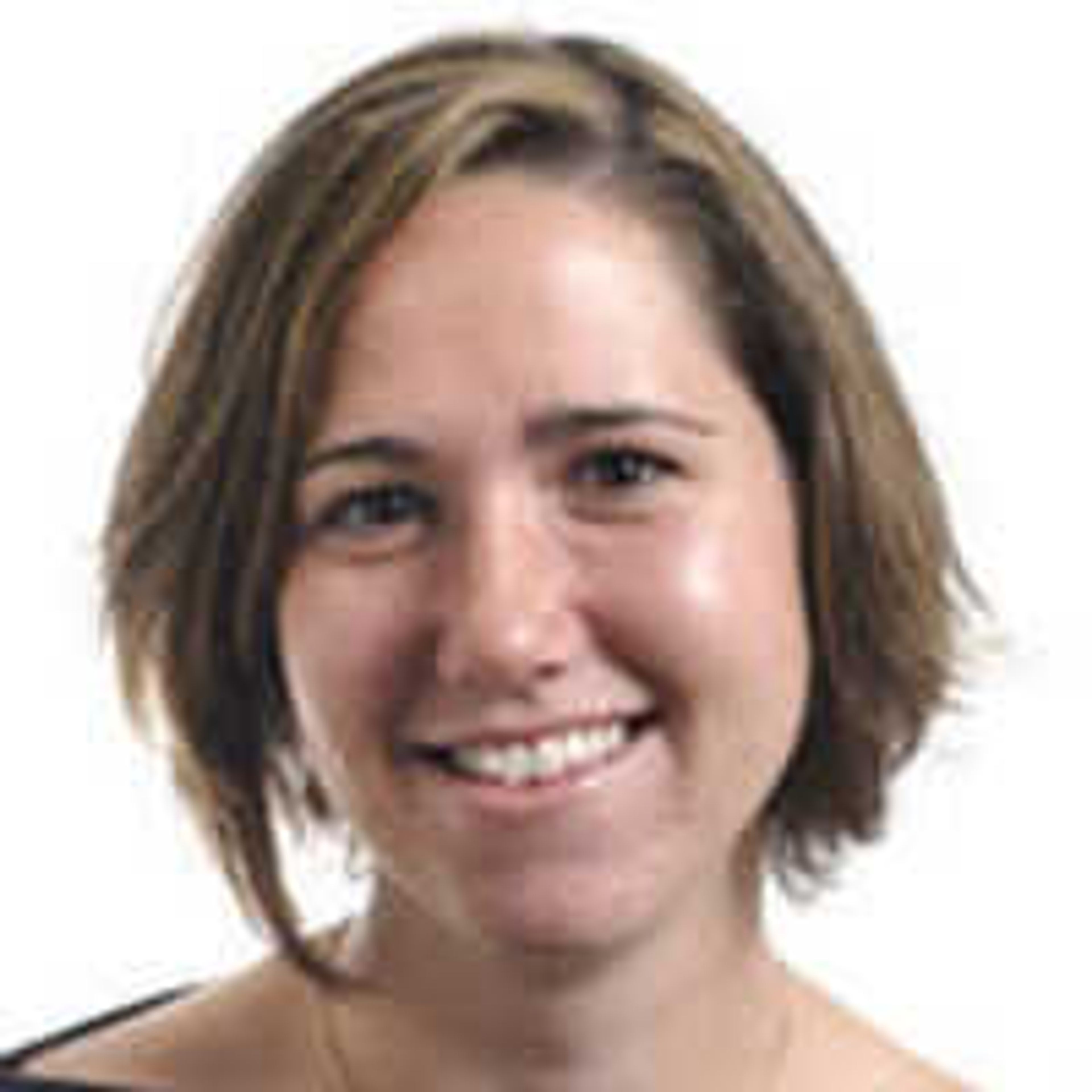Hot season: Preventing fires caused by fall activities
Ahh ... autumn. My favorite time of year. The crisp mornings and slightly shorter days that come just as the summer heat begins to be too much. The tree leaves, once so dark and green, start to turn to raging shades of red, yellow and orange. You pull that light jacket a little tighter as the sun hits just right through those old oaks and the leaves dance like hundreds of flames in your neighbor's yard...
Ahh ... autumn. My favorite time of year. The crisp mornings and slightly shorter days that come just as the summer heat begins to be too much. The tree leaves, once so dark and green, start to turn to raging shades of red, yellow and orange. You pull that light jacket a little tighter as the sun hits just right through those old oaks and the leaves dance like hundreds of flames in your neighbor's yard.
Wait a minute, flames? Neighbor's yard? That's what happens when people start cleaning the fall debris with small fires that can quickly get out of control. In 2005, fire killed more Americans than all natural disasters combined, according to the U.S. Fire Administration.

Fires weren't restricted to yards. Residence fires were responsible for 83 percent of all civilian fire deaths that year.
In an attempt to reduce that statistic and limit yard and residence fires, I asked Jason Mouser, chief at the Jackson Fire Department, how to minimize the risk of accidents associated with fall burnings.
Chris Harris: Do you see an increase in fire calls during the fall?
Jason Mouser: It seems we get more responses in the fall or winter time when people are burning leaves and then in the winter with the overloading of outlets with Christmas decorations.
CH: What are some of the most common causes of a house fire?
JM: Electrical fires and misuse of candles and discarding of cigarettes.
CH: How can people avoid these dangers?
JM: Avoid excessive use of cheap extension cords and do not fall asleep while candles are burning. Also, don't discard cigarettes in waste cans.
CH: What are some safety tips for lighting the first fire in your fireplace?
JM: Avoid using newspapers to light fires. The small pieces build up in the chimney. The accumulation of paper increases the chance of flue fires.
CH: What is the safest way to regularly light a fire in a fireplace?
JM: Use small starter logs to ignite firewood. The starter logs can be purchased at any outdoor or general store.
CH: How often should you clean the fireplace?

JM: If you don't have your chimney inspected every year, it should at least be cleaned every other year.
CH: Are fire logs safer than a normal fire?
JM: I would only use small starters to light firewood.
CH: What should you do if something does catch fire? Should you try to put it out or get out of the house?
JM: Untrained people should not attempt to extinguish fires in the home. I know it's easier said than done when it is your own home; however, it only takes a small amount of smoke to become disoriented and be overcome by the conditions. The old adage we use is building and contents can be replaced but mom, dad or children cannot.
CH: What dangers do furnaces and radiators pose?
JM: The main dangers that they pose is people placing combustible material too close to them and the furnace or radiator catching them on fire. If a person uses common sense and maintains equipment, they can be safe.
CH: What are some household items people put near a fireplace/radiator/furnace that should be kept far away from it?
JM: I see a lot of throw rugs. A no-no.
CH: Can people burn leaves in the city or county?
JM: Yes, they can burn leaves in their yard or in a burn barrel, not in the streets or along the roadway. Please always burn small piles at a time and use common sense. Also, don't burn during strong winds.
CH: Why is burning leaves a bad idea?
JM: Once again, they cause a large amount of smoke. They have embers that travel a long way and can be potentially dangerous. Some people also have medical conditions that the smoke irritates.
charris@semissourian.com

335-6611, extension 246
Connect with the Southeast Missourian Newsroom:
For corrections to this story or other insights for the editor, click here. To submit a letter to the editor, click here. To learn about the Southeast Missourian’s AI Policy, click here.










